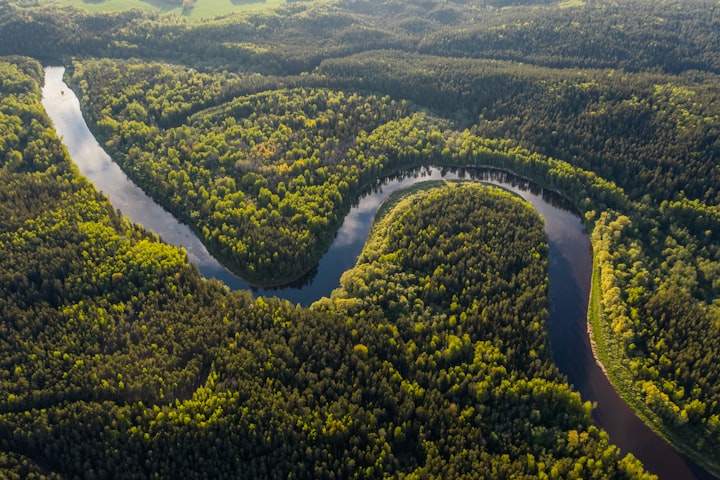
In the Gulf of Aden, biodiversity is among the highest in the world. Low-temperature variance in-depth (0.3 degrees with average annual temperature between shallow and mesophotic waters) (Eyal et al., 2019). Water exchanges between the South and North reduce genetic variation at the macro-ecological level.
Some parts of the Red Sea rivers may be able to withstand sea levels over time (Fine and Connell, 1999; Roder and Fine, 2013; Bellworthy and Fine, 2017; Grottoli and al., 2017; Krueger and al., 2017; Osman et al ., 2018), but the ability of corals to adapt to global environmental change depends in part on how well regional and local disturbances erode their physical properties (Hughes and Connell, 1999; Aweber.
The Red Sea is considered one of the world's saltiest waters, and it is determined by the effects of the water cycle. The word "sea" does not indicate the color of the water, because it is not red. The Red Sea has a direct translation from the Latin Mare Erythraeum and the Arab al-Bhar her Tigrinya key Bahri qayehhe Baahheri.
The sea is 190 miles wide, 3,040 feet high, and has an area of 4,500,000 square miles [450,000 sq km]. On the earth's surface, the coastal plain extends more than 1,600 feet [6,560 m] above sea level, higher than the southern hemisphere. Naturally and morally the Red Sea is in the wrong strait that separates the two major blocks between Arabia and North Africa.
The cracks in the deepest parts of the rhinoceros form separate, large, and isolated caverns in the north and south, with a tendency from the common practice of large rhinos to the northwest and southeast.
Large volcanic eruptions carry water to the depths of the northern Red Sea where it becomes cooler, salty, and denser and flows into the Gulf of Bab al-Mandeb. Also known as the "wind from the west of Egypt," the strong winds blowing in the winter months, accompanied by fog and sand.
The Red Sea is one of the world's most salty waters because of its high evaporation and low rainfall. Large rivers and streams flow into the Red Sea and its southern link with the Gulf of Aden (Indian Ocean arm) is small. As soon as the northern waters of the Red Sea escaped the Gulf, they began the long voyage to the Indian Ocean.
Typically, waves ranged from 0.6 m (20 ft) in the north, at the mouth of the Gulf of Suez, to 0.9 m (30 ft) in the south, in the Gulf of Aden, an arm of the Indian Ocean, waves of entities between 0.20 m (0.66 ft) ) and 0.30 m (0.98 ft). Coral reefs of the Red Sea in Egypt, Eritrea, Israel, Saudi Arabia, and Sudan in Egypt.
A major reason for the development of the Red Sea rock formations is their increased depth and efficient water supply pattern where the Red Sea masses exchange water with the Arabian Sea, the Indian Ocean, and the Gulf of Aden. Physical factors reduce the effects of high salinity causing the evaporation of cold water from the north and hot water from the south.
The Red Sea is extremely hot - the surface water can reach 30 degrees Celsius - and water evaporates at high speed, creating high salts. This global warming, combined with high salinity, makes the Red Sea one of the hottest and saltiest bodies on earth.
The Red Sea is part of the sea route between Europe and the Persian Gulf in East Asia, which is why shipping is very expensive. Due to its small boundaries and close proximity to the global ocean, it is subject to the annual wind patterns determined by the storm and reflects the irregular circular pattern. It is one of the few places on earth known to flow along the eastern boundary of streams to the pole.
The latter view suggests that the Red Sea was the name of its boundary in the Egyptian Desert, the ancient Egyptians calling it Dashret (red earth) and that it was named after the Red Sea in the desert itself. The connection between the name of the Red Sea and the Biblical account of Exodus, especially the Red Sea area, is a Septuagint translation of the Book of Exodus (Hebrew: koine; Hebrew: Yam such ym svp, meaning red sea, translated as Erythrina Thalassa, meaning the seared).
The coral reefs of the Red Sea stretch along the coast for more than 1,300 miles [2,000 km] in the form of Acropora and porite corals estimated to be between 5,000 and 7,000 years old. It is considered one of the longest-lived coral in the world and differs in its adaptability to high temperatures and salts. Scleractinian corals are highly resistant to climate change compared to other corals in different parts of the world, making it an important natural laboratory for studying the effects of ocean warming on river ecosystems.
About the Creator
Sita Dahal
Hello, I am Sita Dahal, I am an artist and love roaming around the globe.





Comments
There are no comments for this story
Be the first to respond and start the conversation.